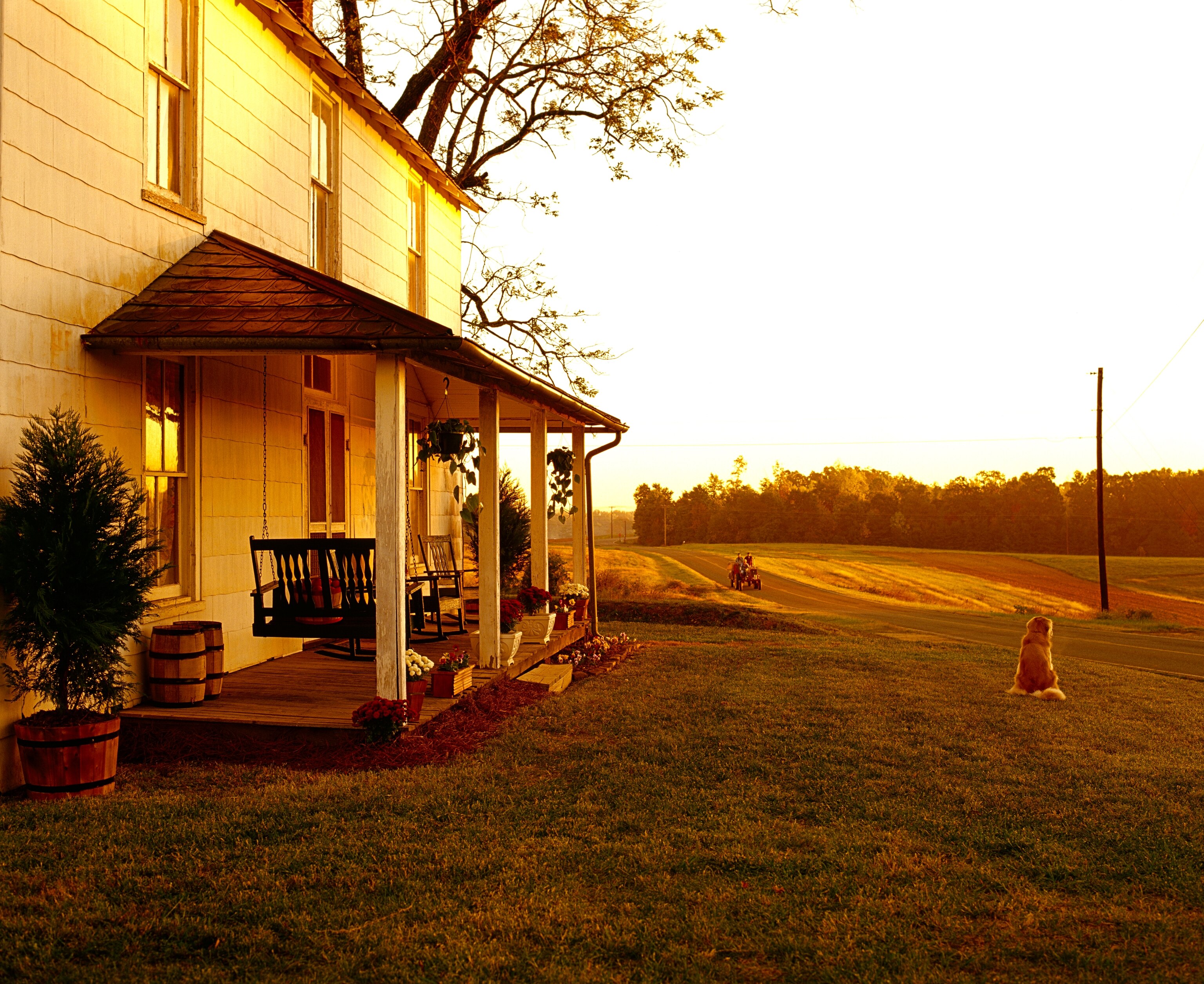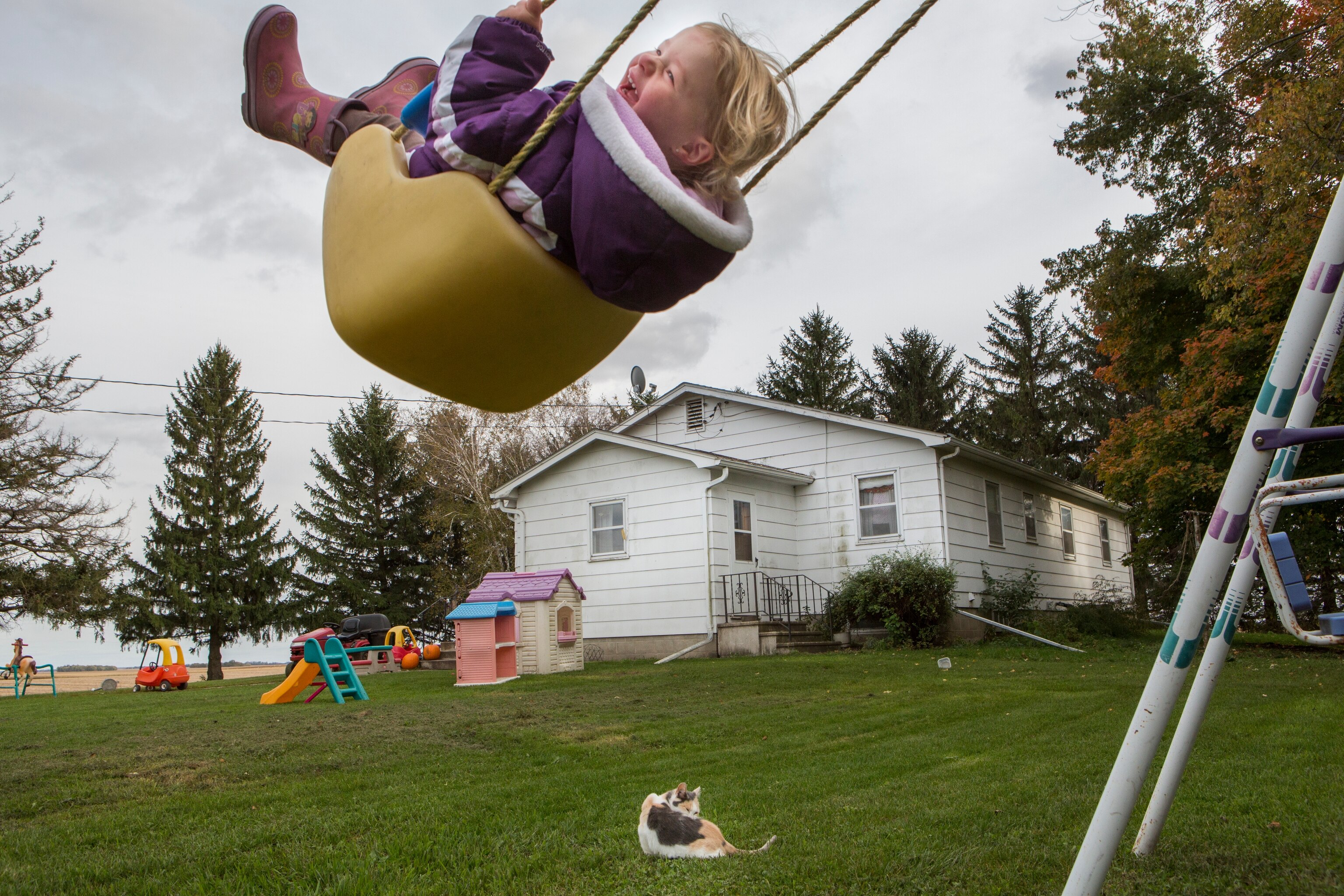
Reimagining how and where we live
Discover how the pandemic reshaped our vision of home (for the better) and find inspiration for your next big move.
What does “home” mean to you? For many of us, the answer to that question changed dramatically over the past year. When the world stopped, our homes became the center of our universe in a way they never had before. Seemingly overnight, we had to figure out how to make all the parts of our life—work, school, working out, socializing—fit inside our homes.
It wasn’t easy, but we did it. And, in the process, many of us realized that our new at-home normal was a better fit for who we are and how we want to live—not just now, but for the long-term. Based on recent home-related surveys of real estate agents, builders, recent buyers, and future buyers, several housing trends that emerged during the pandemic are expected to shape our vision of home for the foreseeable future.
HOW STAYING AT HOME CHANGED US
Spending 24/7 at home had a profound effect on how we use and view our living spaces. Here’s a quick look at four big ways the stay-at-home life changed how and where we live and transformed the future of real estate.
We’re on the move: More than one-in-five adults in the United States either moved for pandemic-related reasons or know someone who did, according to this survey from the Pew Research Center. The combination of remote work and school, low-interest rates, and a cabin fever-inspired longing for more space helped ignite red-hot real estate markets in small and midsize cities, suburbs, and rural areas. This trend is expected to continue, reports the inaugural Wall Street Journal/Realtor.com Emerging Housing Markets Index, which ranked Coeur d’Alene, Idaho; Austin, Texas; and Springfield, Ohio as the top three real estate markets of 2021.
.jpg)

Who’s most likely to be buying homes in the coming months and years? Younger (ages 25 to 44), middle-class families reports A Glimpse into the Future of Home commissioned by CENTURY 21®. This survey of recent and future homebuyers also found that Latino home ownership will continue to grow, reflecting an Urban Institute trend forecast predicting that, between 2020 and 2040, 70 percent of new homeowners will be Latino.
We’re adapting spaces: With some 70 percent of us working from home (up from 20 percent before the pandemic), we channeled our inner interior design to accommodate remote work and school. Hallways doubled as classrooms. Mudroom makeovers created home offices and gym. Overlooked nooks became craft and computer stations.

Flexible live-work-play spaces promise to be a continuing trend for homeowners and buyers in future homes since 54 percent of people are expected to continue working from home post-pandemic, according to Pew Research. In addition, many Americans could likely use an addition (or an attic, basement, or garage conversion) with more people living under one roof than ever before in recorded history. Welcoming more—and often a multigenerational mix—home has helped spark increased demand for separate living areas for aging parents or an adult child, say the homebuilders surveyed for Emerging Trends in Real Estate® 2021, produced by PwC and the Urban Land Institute.
We’re living more sustainably (or want to be): Realities of pandemic life—such as driving less, craving outdoor space more, and a heightened awareness of the importance of good hygiene—helped shine a spotlight on protecting our health and the health of the planet.
In the People’s Climate Vote (the largest-to-date survey on global warming) conducted during the pandemic, 65 percent of Americans surveyed now say they view climate change as an emergency. Whether or not that will inspire more of us to reduce our carbon footprints at home by composting, switching to a clean energy provider, and implementing other eco-friendly changes, there are signs that homebuyers do want to live greener. More than half of the realtors surveyed in March, 2021 report by the National Association of Realtors said their clients were interested in sustainability and, moving forward, there will be increased homebuyer demand for features like natural light and energy-efficient appliances and heating and cooling systems, according to Emerging Trends in Real Estate® 2021.


And, green space will continue to be a big draw for future homebuyers, reports the CENTURY 21® survey. Of all home features that became more important to people during the pandemic, having a large yard or other outdoor area (like a garden or lawn) remains a top priority for a whopping 92 percent of the future buyers polled in A Glimpse into the Future of Home.
We’re big on bathrooms: Whether it’s the increased focus on self-care or because the bathroom became a personal escape for many pandemic parents, spa-like bathrooms are now high on the wish lists of future homebuyers. Fifty-two percent of future homebuyers surveyed by CENTURY 21® named high-end bathroom amenities as their most sought-after indoor amenity compared to only 37 percent of recent homebuyers.
Ready to imagine your own vision of home for the future? Visit Home Rediscovered for a deeper dive into how the past year has transformed the modern home and what home may look like in the future. Read and watch real-life stories and insights from families who uprooted lives and embarked on grand adventures to find their way home.